
Stepping into the vibrant world of Japanese cuisine is a sensory journey like no other. From the delicate aroma of steaming bowls of ramen to the artful presentation of sushi plates, Japan's culinary landscape captivates food lovers from around the globe. With its rich history, meticulous techniques, and innovative flavors, Japanese food has earned a well-deserved reputation as one of the world's finest. In this blog post, we'll explore 10 fascinating facts about Japanese cuisine that will deepen your appreciation for this gastronomic wonderland. Get ready to embark on a mouthwatering adventure as we uncover the secrets behind Japan's most iconic dishes and culinary traditions.
Fact #1: Sushi's Historical Beginnings
While sushi is now synonymous with Japanese cuisine, its origins can be traced back to China. The earliest form of sushi, known as narezushi, was created as a method of preserving fish by fermenting it in rice. This ancient technique spread to Japan around the 8th century, where it evolved over time to become the fresh, artfully prepared delicacy we know today Source: Roka Akor. The fermentation process not only prevented the fish from spoiling but also imparted a unique flavor profile that laid the foundation for modern sushi.
As centuries passed, Japanese sushi masters refined their techniques, focusing on showcasing the freshness and quality of the ingredients. The Edo Period (1603-1868) saw the rise of Hanaya Yohei, a sushi chef credited with inventing nigiri-zushi, the style of sushi featuring slices of raw fish atop vinegared rice Source: Eat Japan. This innovation revolutionized the sushi industry, making it more accessible and popular among the masses. Today, sushi has become a global phenomenon, with countless variations and regional specialties enjoyed by millions worldwide.
Fact #2: Ramen Craze
Ramen, the comforting noodle soup that has captured the hearts and stomachs of food enthusiasts globally, has become a cultural icon in Japan. With its humble beginnings as a cheap and filling meal for soldiers and civilians during World War II, ramen has evolved into a diverse and beloved dish with countless regional variations Source: Otaku Ramen. From the rich and creamy Tonkotsu ramen of Kyushu to the miso-based broths of Hokkaido, each region boasts its own unique style and flavor profile.
The ramen craze has led to the emergence of specialized ramen shops across Japan, each with its own secret recipes and loyal followings. These establishments often feature long lines of eager patrons waiting to slurp up bowls of piping hot noodles topped with an array of mouthwatering ingredients such as tender chashu pork, soft-boiled eggs, and crisp bamboo shoots. With over 30 distinct regional ramen varieties in Japan Source: Tokyo Treat, there's no shortage of delicious options to explore and savor.
Fact #3: Unagi's Symbolism
Unagi, or freshwater eel, holds a special place in Japanese cuisine and culture. Beyond its delectable flavor and tender texture, unagi is imbued with symbolic meaning and is often associated with stamina, vitality, and good luck Source: Quora. Traditionally consumed during the hot summer months, particularly on the Midsummer Day of the Ox (Doyo no Ushi no Hi), eating unagi is believed to provide the energy and strength needed to combat the season's oppressive heat.
The preparation of unagi is an art form in itself, with skilled chefs meticulously grilling the eel over charcoal, basting it with a sweet and savory sauce made from soy sauce, mirin, sake, and sugar. This cooking method, known as kabayaki, results in a caramelized exterior and a succulent, melt-in-your-mouth interior that has become a beloved delicacy throughout Japan Source: Zendine. Unagi's cultural significance extends beyond the culinary realm, as it is often served at special occasions such as weddings and New Year's celebrations, symbolizing good fortune and prosperity for the future.
Fact #4: Wagyu Beef Excellence
Wagyu beef, renowned for its unparalleled marbling and melt-in-your-mouth texture, is a true testament to Japan's commitment to culinary excellence. The term "Wagyu" translates to "Japanese cow," referring to several breeds of cattle native to Japan, with the most famous being the Kuroge Washu, or Japanese Black Source: Crowd Cow. The exceptional quality of Wagyu beef is the result of meticulous breeding practices, careful feeding regimens, and a focus on the animals' well-being.
The marbling in Wagyu beef, characterized by the intricate network of intramuscular fat, not only contributes to its succulent texture but also imparts a rich, buttery flavor that is unmatched by other beef varieties. In Japanese cuisine,Wagyu is often featured in high-end dishes such as shabu-shabu, sukiyaki, and yakiniku, where the tender slices of beef are cooked tableside and savored for their exquisite taste and texture. The global demand for authentic Japanese Wagyu has skyrocketed in recent years, with connoisseurs and fine dining enthusiasts seeking out this luxurious ingredient for its unrivaled quality and flavor profile Source: Japan Guide.
Fact #5: Tempura's Crispy Delight
Tempura, the art of deep-frying battered vegetables and seafood to crispy perfection, has become a beloved staple of Japanese cuisine. Surprisingly, the origins of tempura can be traced back to the influence of Portuguese missionaries in the 16th century, who introduced the technique of batter-frying to Japan Source: The Japan Times. Japanese chefs quickly adapted and refined the technique, creating a lighter, crispier batter that perfectly complements the fresh ingredients within.
The tempura frying process requires skill and precision, with chefs carefully controlling the temperature of the oil and the timing of each batch to ensure a golden, crisp exterior and a tender, flavorful interior. Common ingredients for tempura include an assortment of seasonal vegetables such as sweet potatoes, eggplant, and mushrooms, as well as seafood like shrimp, squid, and fish. Tempura is often served with a light dipping sauce called tentsuyu, made from dashi broth, mirin, and soy sauce, which enhances the natural flavors of the ingredients without overpowering them Source: Michelin Guide.
Fact #6: Miso Magic
Miso, a fermented soybean paste, is a fundamental ingredient in Japanese cuisine, prized for its rich umami flavor and versatility in both traditional and modern dishes. The process of making miso involves inoculating a mixture of cooked soybeans, salt, and koji (a cultured grain) with a specific strain of fungus, which kickstarts the fermentation process. The resulting paste is then aged for several months to several years, developing a complex flavor profile that ranges from sweet and mild to salty and pungent, depending on the type of miso Source: Just One Cookbook.
In addition to its delicious taste, miso is also celebrated for its numerous health benefits. Rich in probiotics, vitamins, and minerals, regular consumption of miso has been linked to improved digestion, stronger immune function, and reduced risk of certain cancers Source: Healthline. From the comforting warmth of miso soup to the savory glaze on grilled fish or the umami boost in stir-fries and marinades, miso's versatility and depth of flavor make it an indispensable ingredient in Japanese kitchens.
Fact #7: Matcha Madness
Matcha, the vibrant green tea powder that has taken the world by storm, is deeply rooted in Japanese culture and tradition. Made from shade-grown green tea leaves that are stone-ground into a fine powder, matcha has been an integral part of the Japanese tea ceremony for centuries. This ancient ritual, known as "chanoyu," emphasizes mindfulness, respect, and harmony, with the preparation and consumption of matcha as its centerpiece Source: The Japan Times.
Beyond its cultural significance, matcha has gained popularity worldwide for its unique flavor profile and impressive health benefits. The shade-growing process increases the tea leaves' chlorophyll content, resulting in a brighter green color and a higher concentration of antioxidants, particularly catechins, which have been linked to improved heart health, better brain function, and enhanced weight loss Source: Healthline. Matcha's versatility has also led to its widespread use in a variety of desserts and beverages, from traditional Japanese sweets like wagashi to modern creations such as matcha lattes, ice cream, and cakes.
Fact #8: Onigiri Innovation
Onigiri, the humble rice ball that has been a staple of Japanese cuisine for centuries, has undergone a remarkable transformation in recent years. These portable, triangular-shaped bundles of joy are made by compressing cooked rice and often filling them with savory ingredients such as grilled salmon, umeboshi (pickled plum), or kombu (kelp). Onigiri's convenience and versatility have made them a popular choice for quick meals, picnics, and on-the-go snacks Source: Just One Cookbook.
In modern Japan, onigiri has evolved to include a wide array of creative fillings and flavors, catering to diverse tastes and dietary preferences. From classic combinations like tuna mayo and teriyaki chicken to more unconventional options like spicy cod roe and pickled vegetables, the possibilities are endless. Innovative packaging techniques, such as the use of nori (seaweed) wrappers that keep the rice fresh and separate from the filling until consumption, have further enhanced onigiri's convenience and appeal Source: Nippon.com.
Fact #9: Takoyaki Tales
Takoyaki, the beloved octopus-filled savory balls that have become a street food sensation in Japan, originated in Osaka in the 1930s. The story goes that a street vendor named Tomekichi Endo began experimenting with a new snack inspired by akashiyaki, a small round dumpling from the Akashi region. By adding diced octopus to the batter and cooking the balls in a special molded pan, Endo created the first takoyaki, which quickly gained popularity among locals Source: Tsunagu Japan.
Today, takoyaki is enjoyed throughout Japan and has even gained international recognition. The cooking process involves pouring a savory batter into a special takoyaki pan, which has hemispherical molds. Pieces of tender boiled octopus, tempura scraps, pickled ginger, and green onions are then added to each mold, and the balls are skillfully turned with a pick to ensure even cooking and a perfectly spherical shape. Once crispy and golden brown, the takoyaki are brushed with a sweet and savory takoyaki sauce, drizzled with mayonnaise, and sprinkled with dried bonito flakes and aonori (green seaweed) Source: Just One Cookbook. The resulting dish is a delightful combination of crispy, creamy, and umami flavors that have made takoyaki a beloved snack across Japan.
Fact #10: Kaiseki Cuisine Art
Kaiseki, the pinnacle of Japanese haute cuisine, is a multi-course dining experience that showcases the seasons, local ingredients, and the artistry of the chef. This traditional culinary art form has its roots in the simple meals served during the Japanese tea ceremony, but has evolved over centuries to become a highly refined and elaborate dining style Source: Michelin Guide. Kaiseki meals are meticulously crafted to engage all five senses, with each dish carefully composed to highlight the beauty, flavor, and texture of the ingredients.
A typical kaiseki meal consists of a series of small, elegantly plated dishes that progress from light to heavy, cold to hot, and subtle to bold flavors. Chefs pay close attention to the seasonality and quality of ingredients, often sourcing them from local farmers and markets to ensure the freshest possible taste. The presentation of each dish is an art form in itself, with chefs drawing inspiration from nature, poetry, and traditional Japanese aesthetics to create visually stunning plates that tell a story Source: The Japan Times. Kaiseki dining is an immersive experience that celebrates the harmony between food, nature, and human craftsmanship, offering a deep appreciation for the beauty and bounty of the Japanese culinary tradition.
Conclusion
From the historical origins of sushi to the modern-day ramen craze, the world of Japanese cuisine is a fascinating tapestry woven with tradition, innovation, and an unwavering dedication to quality. The 10 interesting facts explored in this blog post offer a glimpse into the rich culinary heritage of Japan, showcasing the diversity and depth of flavors, techniques, and cultural significance that make Japanese food so beloved around the globe.
Whether you're a seasoned connoisseur or a curious newcomer to the world of Japanese cuisine, these fascinating insights are sure to deepen your appreciation for the artistry and passion that goes into every dish. So the next time you find yourself savoring a piece of melt-in-your-mouth sushi, slurping a comforting bowl of ramen, or marveling at the exquisite presentation of a kaiseki meal, take a moment to reflect on the centuries of history, tradition, and innovation that have shaped these extraordinary culinary experiences. Embrace the opportunity to explore and taste the many wonders of Japanese food, and let your palate be your guide on an unforgettable gastronomic journey through the Land of the Rising Sun.










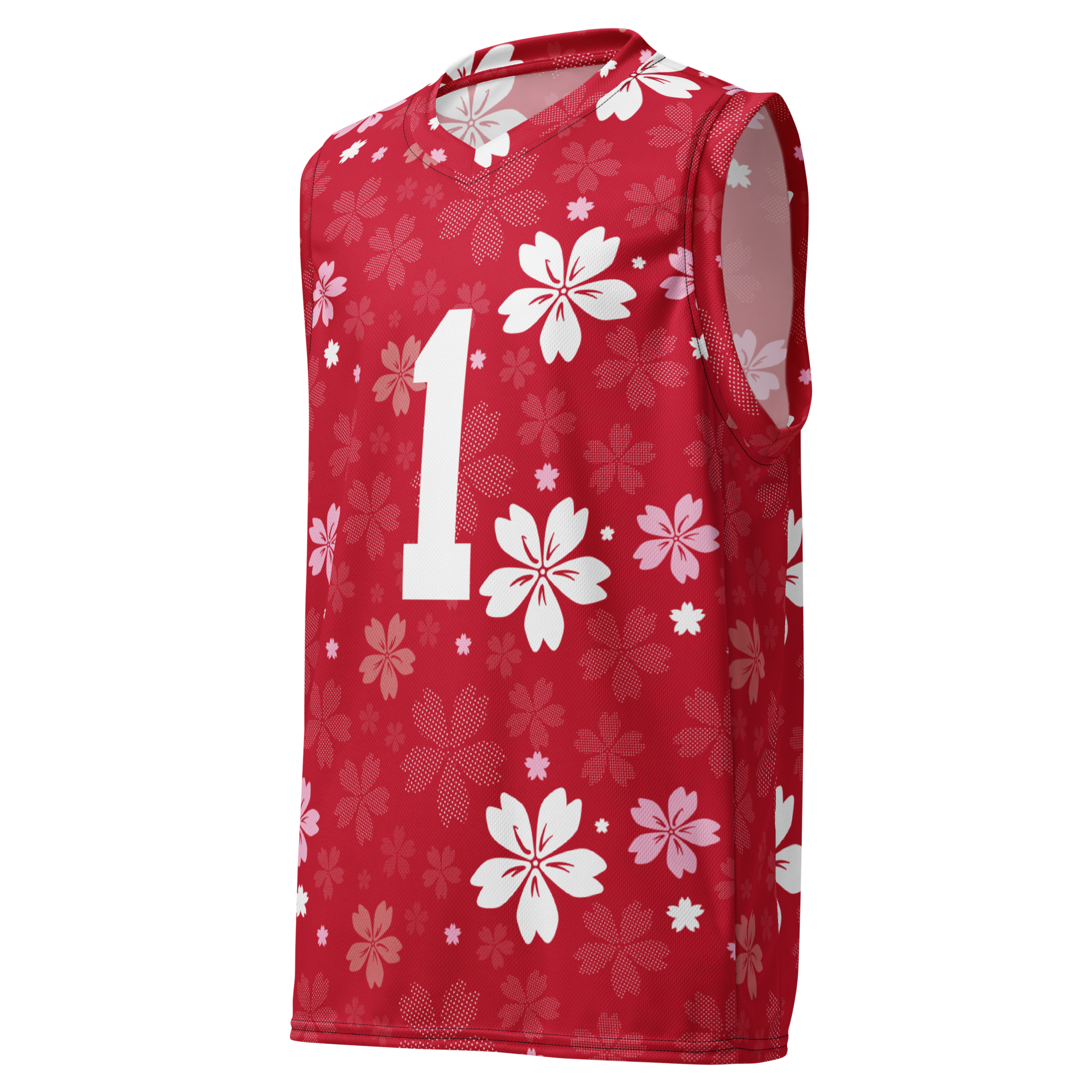
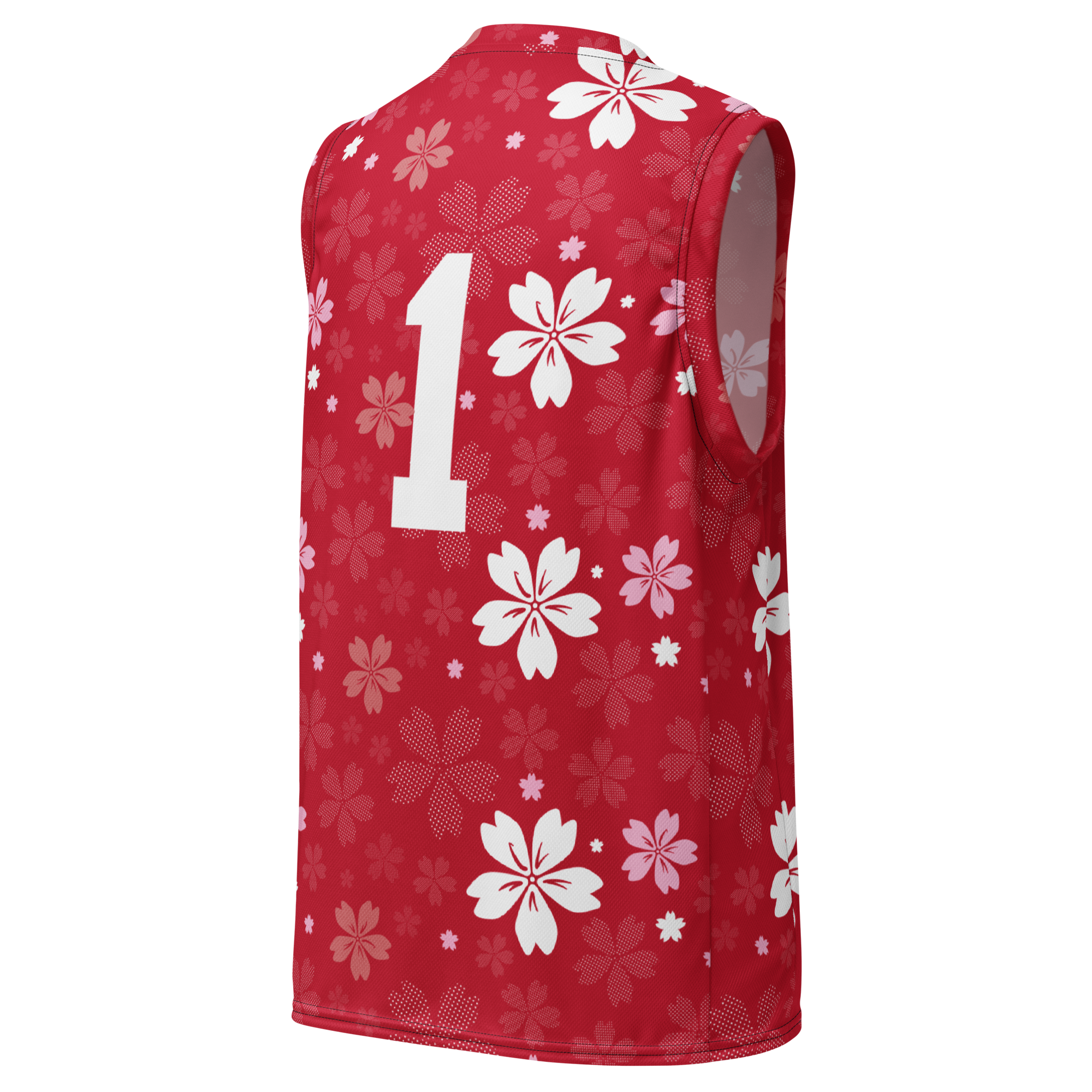

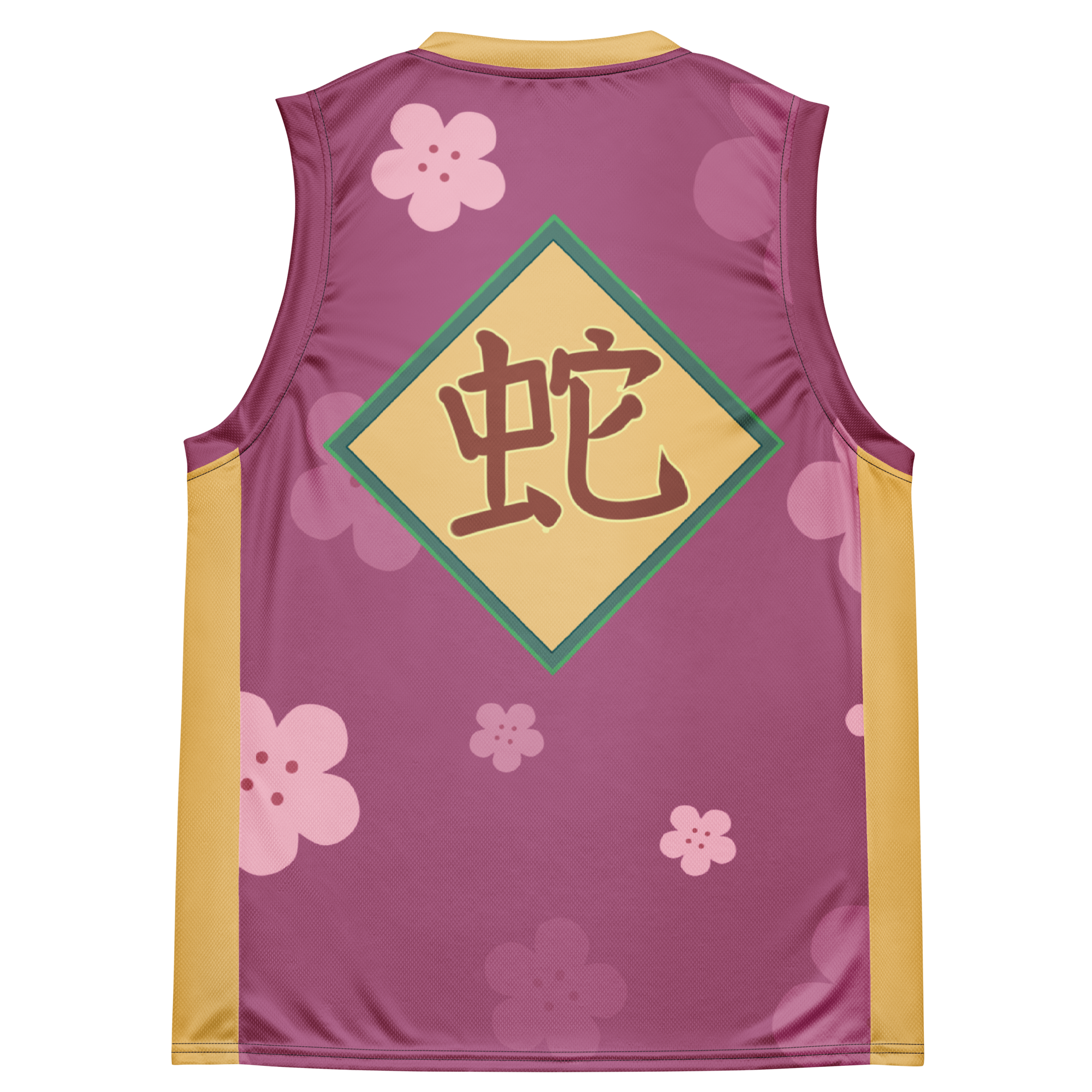
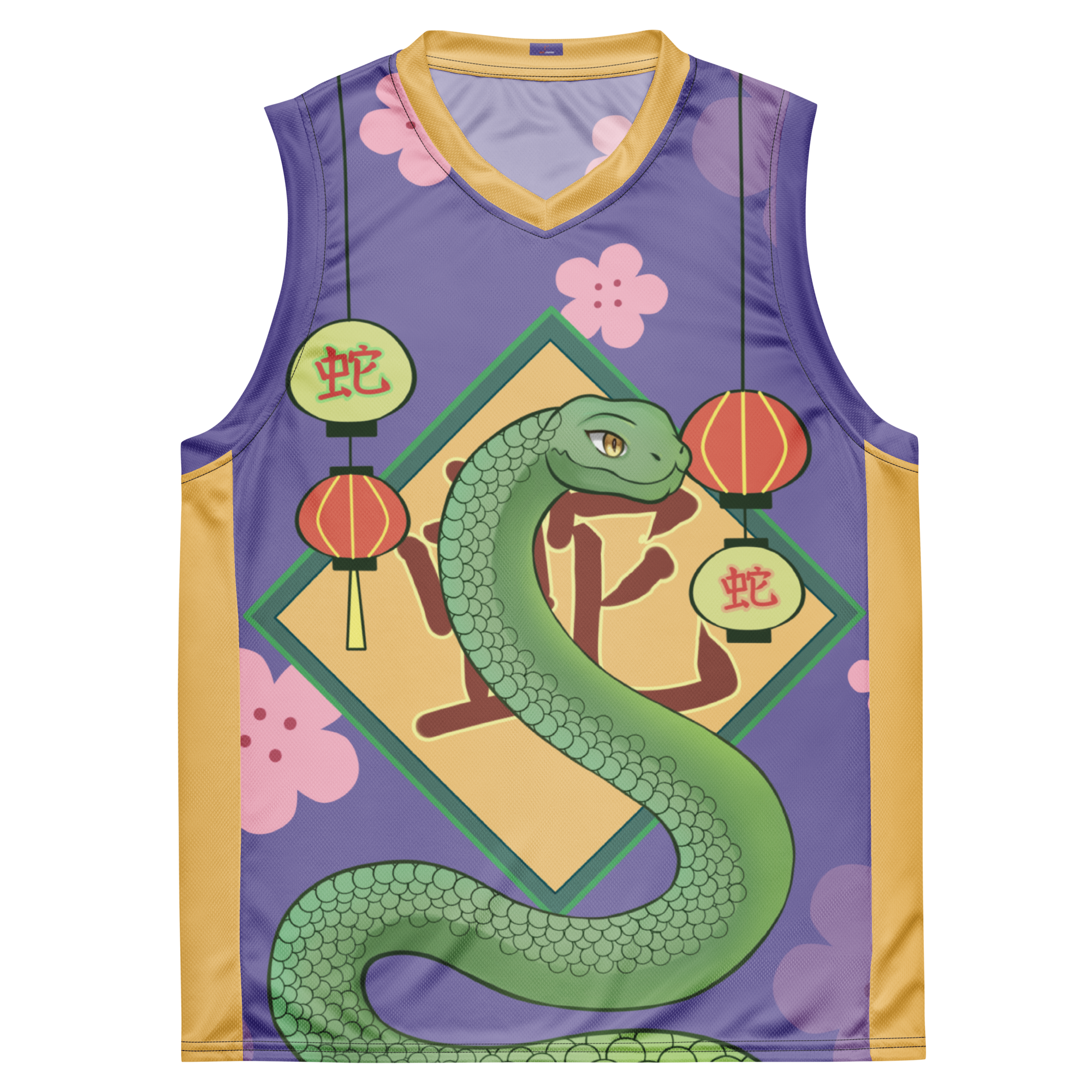
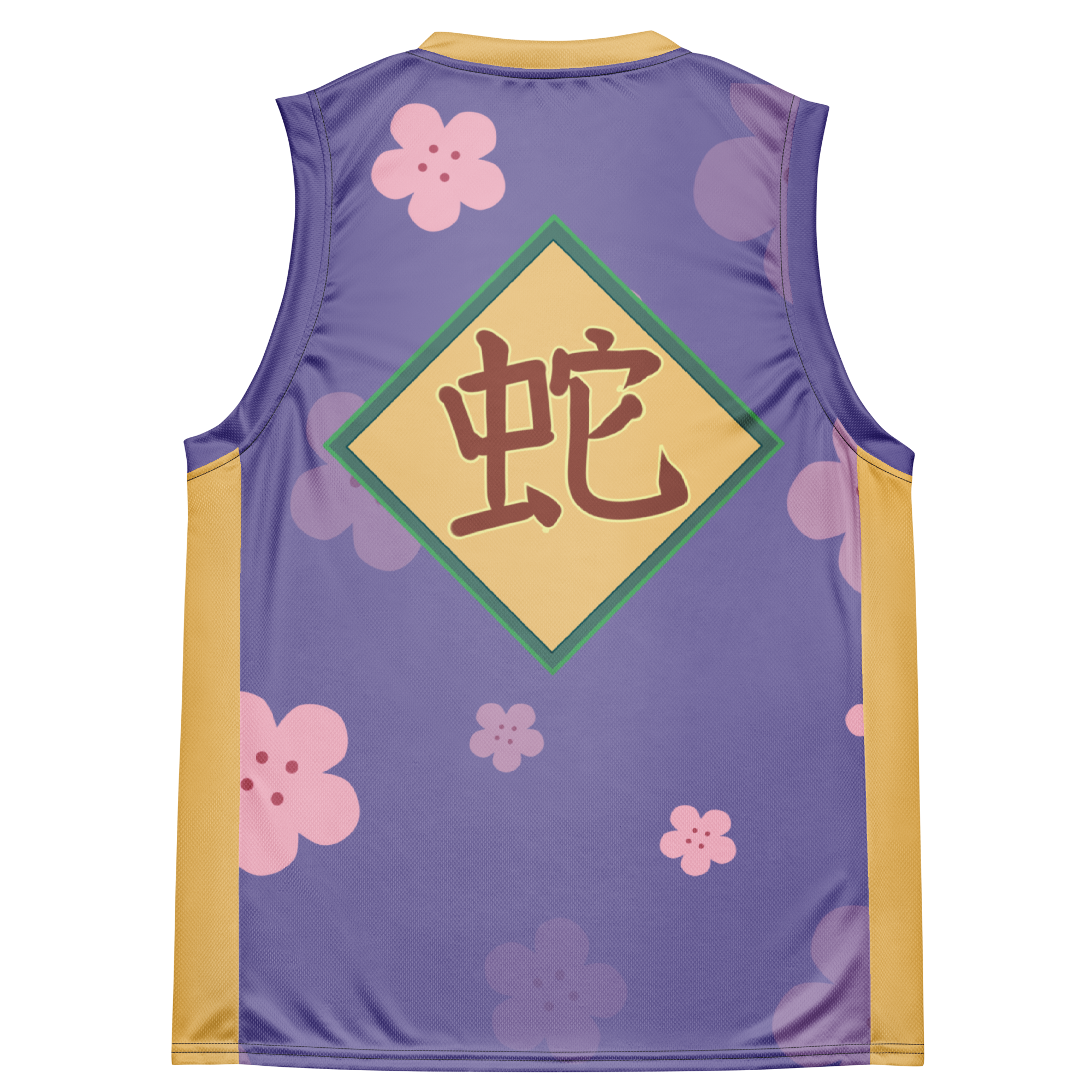
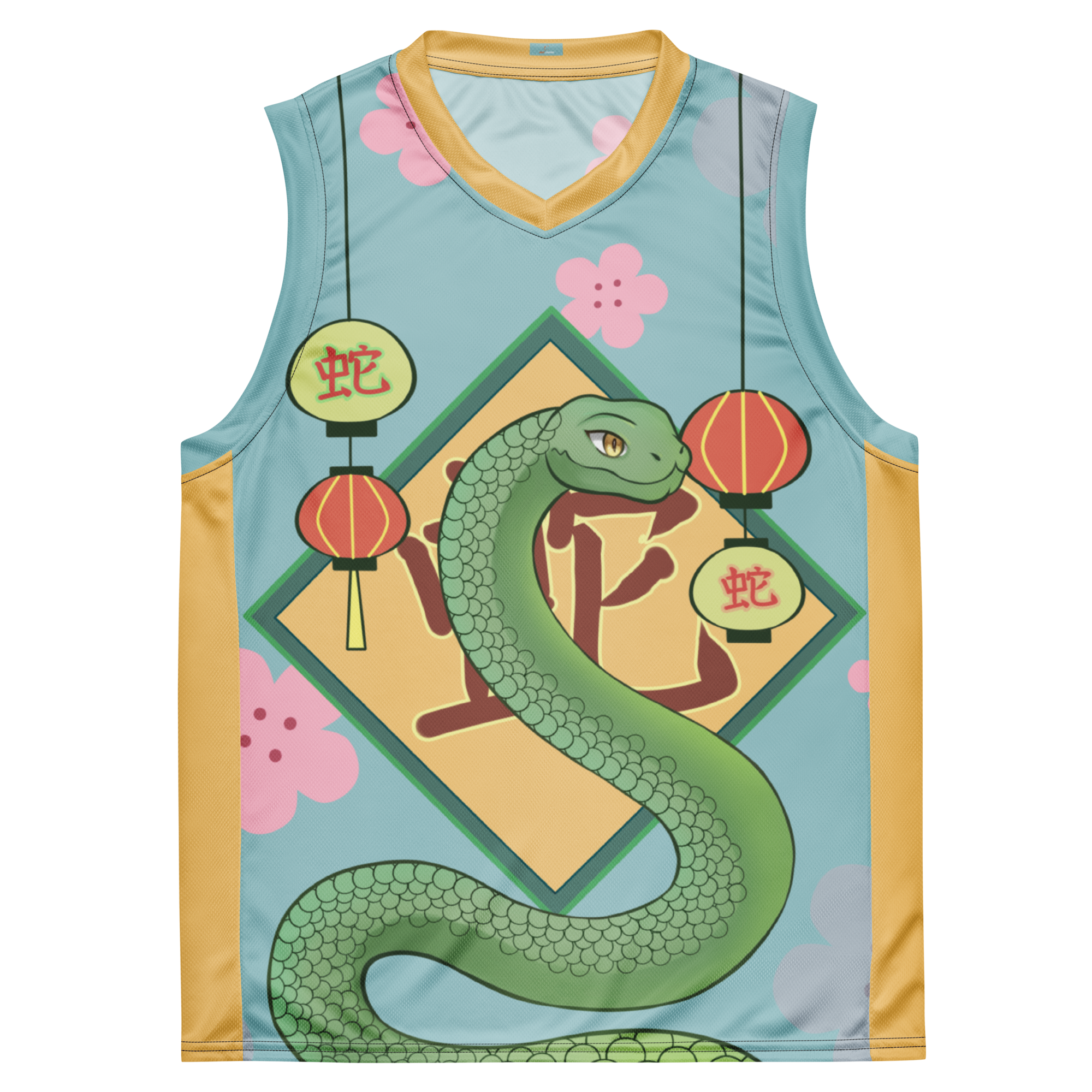
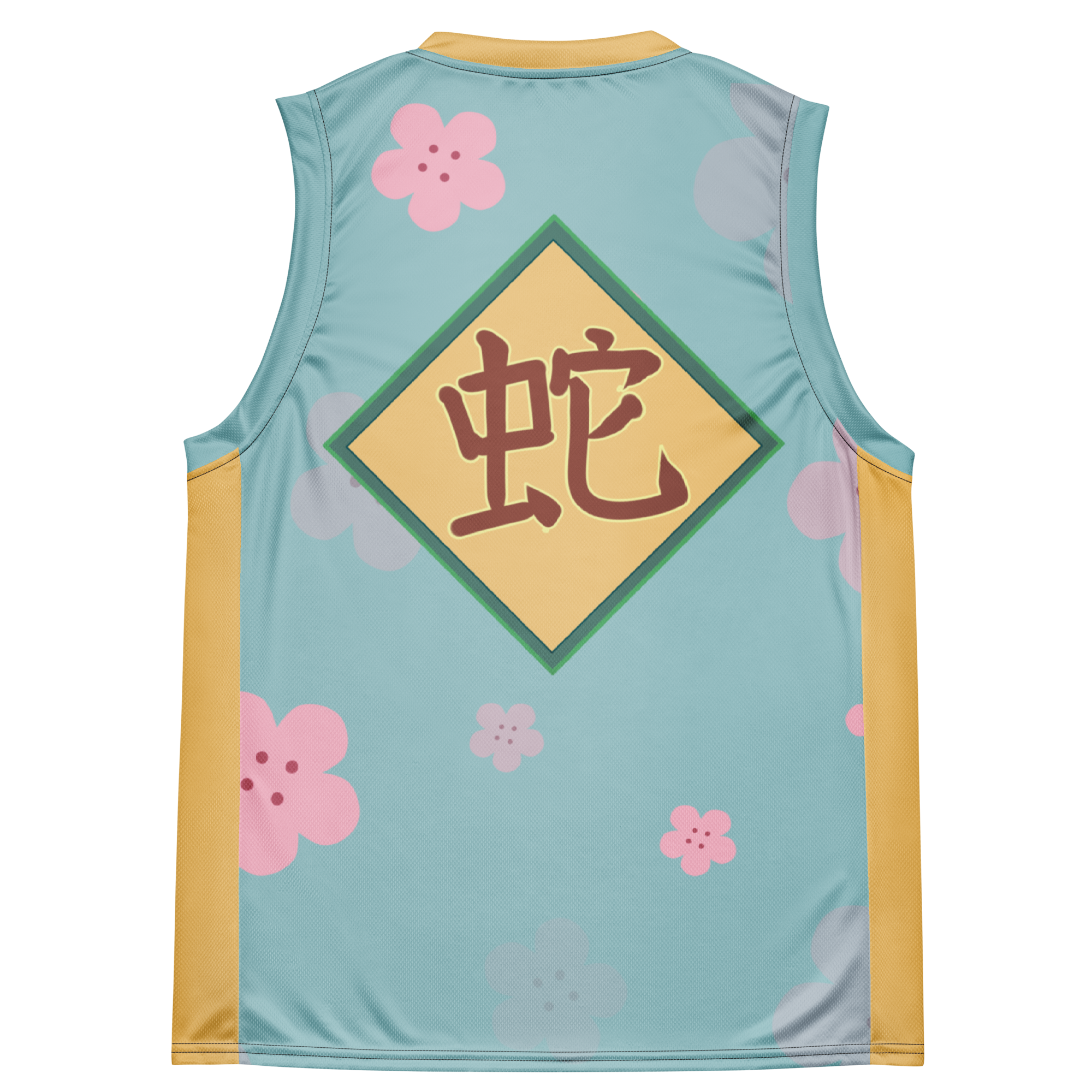
















Leave a comment